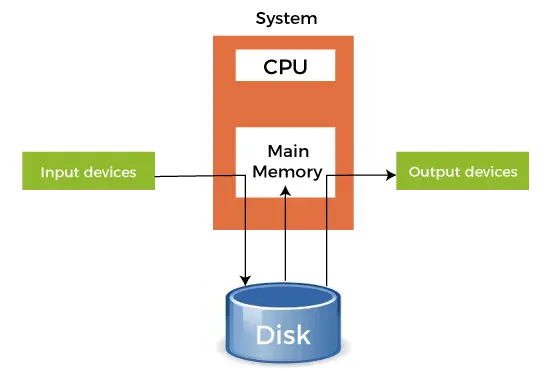Did you know that spooling is an acronym for simultaneous peripheral operations online? We can understand why they made it an acronym, as that is quite the mouthful. Let’s find out exactly what spooling means.
Spooling is a combination of operating systems organizing and queueing information until needed later for execution. Input devices flow processes to a CPU, where it is collected into a spool queue to be processed using a FIFO algorithm. The spooling methodology uses a computer’s physical memory to store the data.
The process known as buffering is when a program is trying to execute information from a memory file within the same job. In this case, the program must pause while it catches up with the data stream. Similarly, spooling uses information stored in a memory file, but it executes another program simultaneously without the computer becoming idle.
What is Spooling in Cyber Security?

We’ve discussed the best security extensions for Chrome and ad security to keep your computer safe from online threats, but how does spooling work in cyber security? Because spooling puts sensitive information into other volatile storage, it is susceptible to online attacks.
It’s most familiar with printer spooling because it allows someone with a non-administrative authentication to install a driver to the operating system. Usually, a driver is installed to complete a print job. However, when cyber criminals install a driver, it can access all devices on a printer’s network and spew malware everywhere.
Because of its complexity, it’s hard for cybersecurity to uncover when it has been hacked. Microsoft is constantly putting in patches to fix holes in print spooling to make it harder for attackers to infiltrate the system. Cybersecurity is implementing steps to improve these issues, like limiting users who can install drivers.
What is Spooling in Operating System?
Spooling in operating systems creates a spool buffer to hold data for execution. It uses a computer’s physical memory to store data. When a faster input device sends data to the slower device, the computer requests secondary memory to store the data in a spool. When the slower device catches up, it sends it to the output device. All of this happens without causing interruptions to other input devices or computer processes.

The remarkable thing about spooling is it works for multiple input devices at one time by creating a queue based on FIFO. The secondary memory of the computer is constantly working in the background by queueing jobs without making your computer idle. For instance, you can keep working on your computer even while processing print jobs.
Also Read : What Motherboard Do I Have?
What Is Printer Spooling?

Printer spooling is when data is sent to and stored in secondary memory, so the printing process works while multiple processes execute on your computer simultaneously. This spool process is essential when devices all use the same printer.
Multiple documents are sent to a computer simultaneously, and the spool puts them into a queue to execute them on a FIFO basis. Printer spooling allows all of your input devices to work without your computer becoming idle.
Spooling in a Nutshell
Spooling allows your computer to run smoother by placing data in secondary memory to be used at a later execution point. A typical request queue executes based on a FIFO algorithm to keep processes running. Spooling allows them to process simultaneously without interruption, making your life easier.

